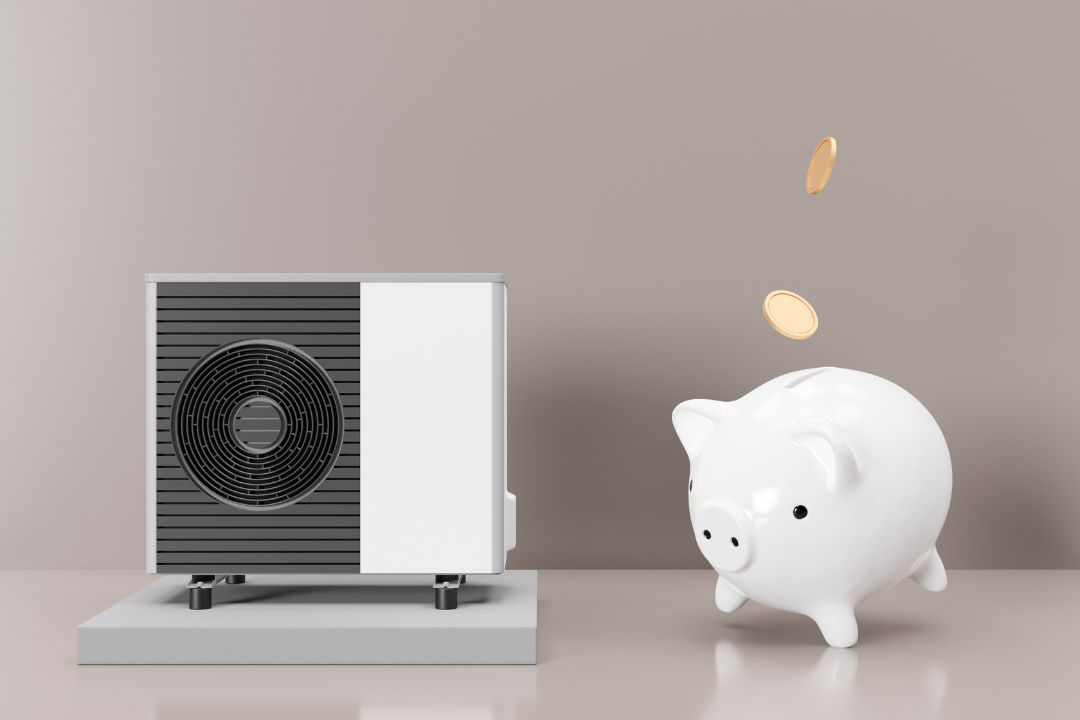Cutting Edge Heating Technology
Installed FREE
Global warming and rising energy prices hit some harder than the rest. If you find yourself in an energy-insecure position, have to budget more than before, and are looking for a way to save on your energy bill this winter, the ECO 4 (Ofgem Grant Scheme) is the best solution there is. Government-funded and completely free for eligible households, ECO 4 enables you to consider eco-friendly options to both heat your home and preserve heat that’s already there.


















